
Blogs


Live Demo: 4-Shank Probe Trajectory Planning | Pathfinder, Pinpoint & NTE
See how to plan trajectories and insert multiple 4-shank silicon probes, viewing real-time positions in the Allen CCF with Pinpoint & NTE. About this presentation: The latest releases of Neuropixels Trajectory Explorer (NTE), Pinpoint, and New Scale’s...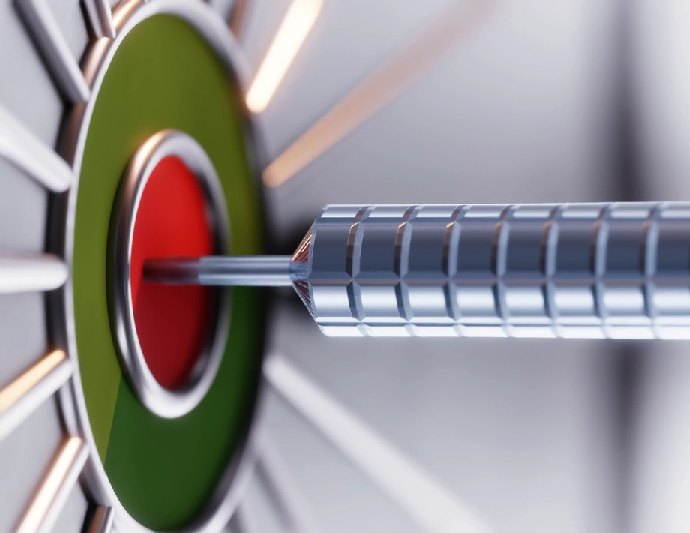
Resolution, Repeatability, and Accuracy in Micro Motion Systems
Resolution, accuracy, repeatability, and precision are critical requirements of motion systems. They fundamentally impact system complexity, cost, and development time. Understanding these terms will help you refine and optimize your instrument requirements. At a high...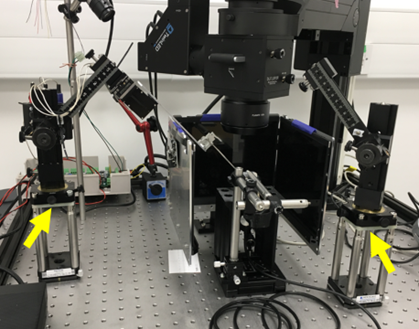
Upright Magnetic Arms, with Extender Posts, Improves 4DOF Multi-Probe Micromanipulator Flexibility
By Ed Friedrich Many of our Multi-Probe Micromanipulator users look to us for guidance on how to optimize their Multi-Probe Micromanipulator (MPM) configuration for their lab and research goals. Our answer is usually “it depends” – what does the behavioral apparatus...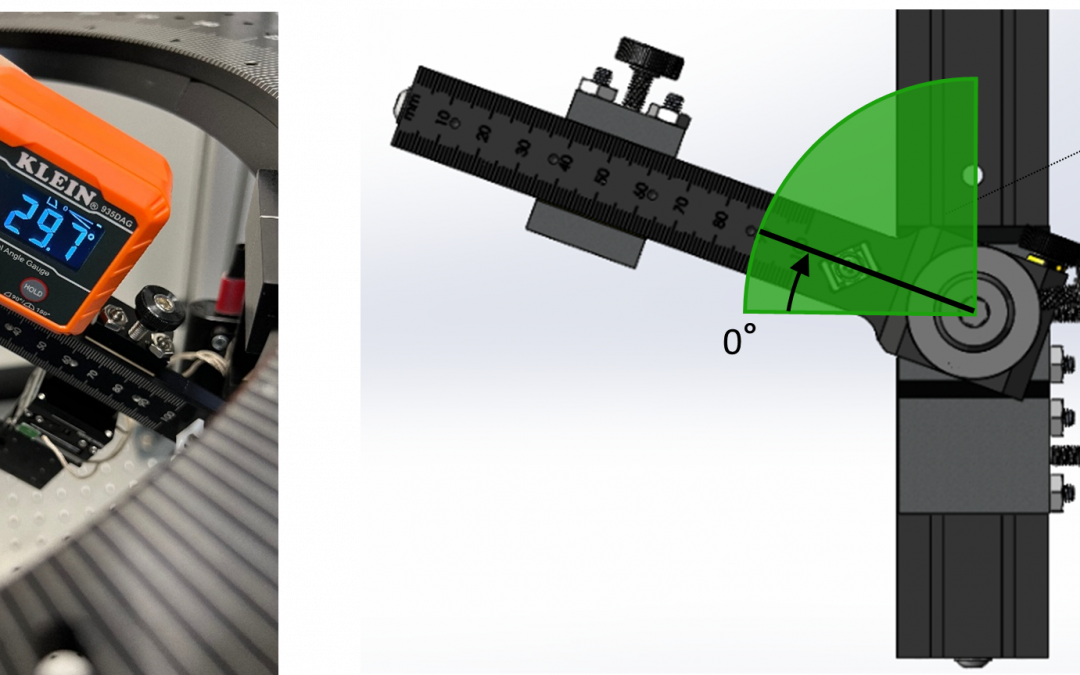
Improvements to the Multi-Probe Micromanipulator System
By Ed Friedrich We love hearing from our customers, and we truly listen to constructive feedback and opportunities for improvement. Over the past year, we have been thrilled with the progress MPM users have made with our ambitious Pathfinder Software initiative,...
More Probes. Less Planning. More Accuracy. Neuroscience 2023!
NEUROSCIENCE 2023 WRAP-UP By Stefan Friedrich My favorite trade show of the year quickly came and went. Each year at SfN’s Neuroscience show, we’re struck by the incredible research being done by our customers. The enthusiasm surrounding the latest technology...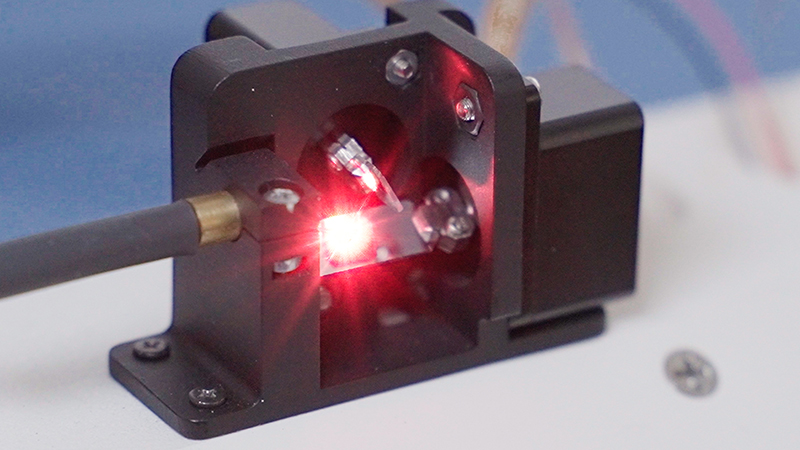
New Miniature Two-Axis Two-Mirror Beam Steering System Developer’s Kit Now Available
Simple, Precise, Point-to-Point Beam Steering and Easy Integration into Quantum Computing, Remote Sensing, Free Space Optical Communications, Medical Lasers, & Defense Systems Victor, NY – Today, New Scale Technologies, Inc. announced the availability of a...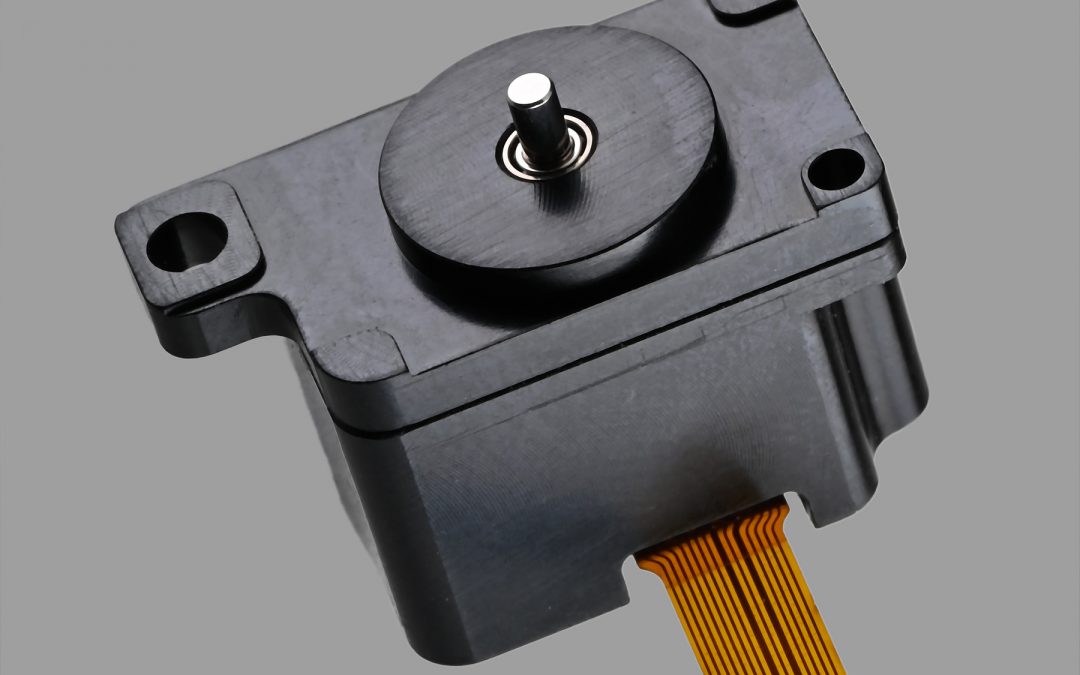
New Scale Surpasses Operational Lifetime Spec for Rotary Micro Stage, Targeting Demanding Industrial and Biotech Applications
M3-RS-U2 Rotary Micro Stage Achieves a Customer’s Use Case of >7 Million Moves at 65 Years of Use Victor, NY – An industry-leading biotechnology company has successfully achieved its demanding life specifications with New Scale Technologies’ M3-RS-U2-4.5-360 Rotary...
New Scale Technologies commercially licenses technology, developed at the Allen Institute for Neural Dynamics, for next-generation multi-probe insertion system for acute in vivo electrophysiology recordings
The new Modular Insertion System (MIS) will enable positioning of up to 24 Neuropixels probes, along with microscope modules for visualization and laser modules for optogenetics. Victor, NY – The Allen Institute for Neural Dynamics has selected New Scale...Sending commands to Pathfinder from other applications
New Scale’s Multi-Probe Micromanipulator (MPM) System Pathfinder Software V2.8.2 includes an HTTP server that allows the MPM System to accept commands from third party applications. This can include Matlab scripts. For example, Dr. David Eriksson (Veit Lab,...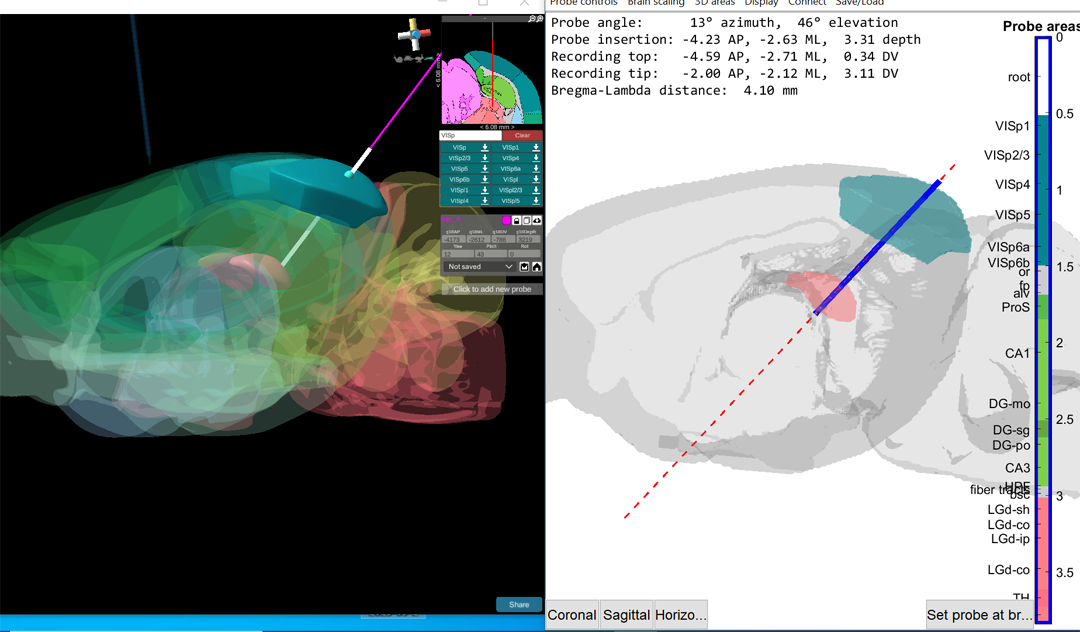
Neuropixels Trajectory Explorer and Pinpoint working with New Scale’s Pathfinder for the Multi-Probe Micromanipulator (MPM) System
Two open-source trajectory planning tools – Pinpoint (left) and Neuropixels Trajectory Explorer (right) – interface with New Scale’s Pathfinder software for neural probe positioning. The developers of the Neuropixels Trajectory Explorer and the...
Neural Probe with Integrated LEDs Advances in Vivo Opto-Electrophysiology
The NeuroLight Optoelectrode is a customizable electrode for applications including optogenetics where a microdrive, such as the MPM System from New Scale Technologies, is used for fine positioning. These optoelectrodes have recording sites and precisely defined µLEDs...Video: MPM Pathfinder & Neuropixels Trajectory Explorer
This short overview video shows how passing probe location coordinates from New Scale’s MPM Pathfinder software to the open-source Neuropixels Trajectory Explorer software allows researchers to see probe locations in the Allen Institute Common Coordinate...Webinar on Demand: MPM Pathfinder & Neuropixels Trajectory Explorer
Watch this on-demand webinar for a 1-hour demonstration, with question and answer session, about using Pathfinder and Neuropixels Trajectory Explorer, hosted by Ed Friedrich, Life Sciences Business Manager, New Scale Technologies, and Andrew Peters, developer of Neuropixels Trajectory Explorer and Principal Investigator, Peters Lab, University of Oxford Department of Physiology, Anatomy and Genetics.

Pathfinder V2.8 for MPM Neural Probe Manipulator System Released
Support for integration with open-source trajectory planning and data acquisition apps is the key feature in the latest release of New Scale MPM Pathfinder Software for the MPM Multi-Probe Micromanipulator (MPM) System. New Scale Technologies has announced general...
Design World: Piezos for delicate actuation
Design World published an excellent overview of piezo-based technologies and their applications (April 2023 issue). But how can system designers get started with using piezoelectric motors? When considering using piezoelectric motors, major challenges include: 1....
New Target Images for MPM System Setup
MPM System Setup screen has new target images (calibration blocks) for larger adult mouse and adult rat. The upcoming Pathfinder MPM Software V2.8.5 release for the Multi-Probe Micromanipulator (MPM) System includes two additional target images (also called...
Deisseroth Lab explores link between cardiac physiology and emotional states
Figure from the recent Deisseroth Lab article in Nature: d, Electrode tracks from n = 5 mice (3 ChRmine and 2 control) over 60 recording sessions co-registered to the common Allen Brain Atlas. e, Locations of recorded single units overlaid onto the Allen Brain Atlas....
Use gaming controllers with the MPM System
The upcoming Pathfinder software release for the Multi-Probe Micromanipulator (MPM) System contains a number of features and enhancements* suggested by our users. One such feature is support for Xbox-style gaming controllers (wired, or with Bluetooth or USB wireless...
